PRESS RELEASES
Published scientific reviews on the use of aerial 1080 poison in New Zealand to provide a balanced flow of information for a better informed, and educated public, by Independent Scientists: Dr Jo Pollard, BSc (Hons), PhD, Zoology.

In-depth Response: Independent Scientist, Jo Pollard, Debunks OSPRI’s Claim that a 10-Year Study Proves Forests Remain Vibrant Despite 1080 Poison Usage!
According to OSPRI, the organisation responsible for controlling bovine Tb, 10 years of research have demonstrated “that 1080 can be used to control pests without harming native birds” (Media release, 1/8/23).

Luxon’s Policy on Wildlife
The National Party openly admits that its new policy to manage wild pigs and selected other animals as game, not pests, aims to win hunters’ votes.

DoC’s Poisoning is Illegal – the Ulva Island Example
Scientist Dr. Jo Pollard says DOC’s actions are negligent since previous DOC poisoning drops on the island, had devastating effects with several native bird species being slashed in numbers.

Frightening Lack of Science Behind Super-Poisoning Plans
For decades now, DoC (NZ’s Department of Conservation) has been finding that nature is very fast to fill a void. DoC uses widely broadcast, broad-spectrum poisons in its battles with unwanted mammals (mice, rats, possums and stoats).

More Kea Non-Science from DoC
The Department of Conservation’s (DoC’s) blatant disregard for science was vivid in October. Articles claiming that “1080 benefits outweigh kea deaths” were published in newspapers and online. This claim was based on comments from DoC’s Tom Belton, who had presented work on kea to the West Coast Conservation Board.

A Look At NZ’s Conservation Science
Supporters of NZ’s conservation by aerial poisoning have commonly defended their position with the statement “Look at the science.”Most of the published science on conservation in NZ is accessed readily, appearing in the NZ Journal of Ecology (NZJE). A browse through the issues from the last couple of years reveals glimmers of hope for ecological management, plus some not so nice things. The following is a quick run through.

DoC and Kea: is this the end?
Kea have been in the news again, with TV1 viewers on Wednesday night (9/2/22) treated to the story that tradespeople are sought to help in kea habitat, replacing lead in rooves. This follows last October’s worrying Stuff News headline: “This Is How It Ends: As old as the Southern Alps, kea are on the edge of extinction” (Vance, 2021).

DoC Drivel Down-plays Kea Tragedies
According to the Department of Conservation (DoC) it has solved the problem of previous years’ monitored kiwi chicks dying at Shy Lake, Fiordland, by aerially poisoning the surrounding 40,000 ha of rainforest and islands (the “Wet Jacket” poisoning operation).

Open letter to IUCN World Headquarters – Government poisoning of World Heritage sites in NZ
I am writing to bring your attention to the serious issue of the New Zealand Government’s aerial poisoning of a World Heritage site and hope that you will urgently contact the World Heritage Committee so they may act on this matter.
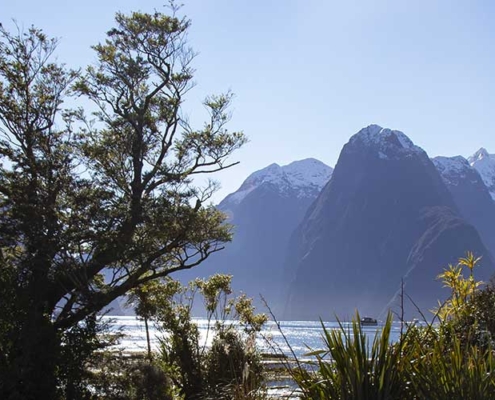
Nonessential services in conservation
On April 2, like a belated April Fool’s joke, the Otago Daily Times reported that NZ’s Department of Conservation (DoC) intended to poison a large chunk of virgin rainforest in Fiordland this month.
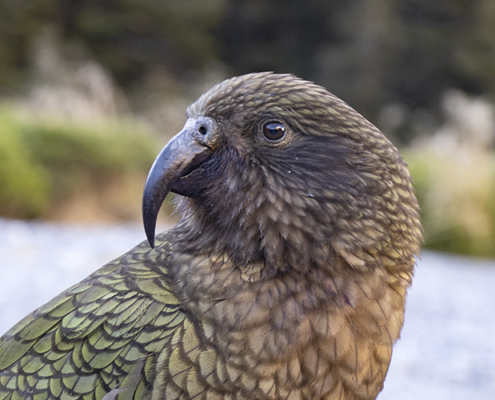
Tragedy of kea easily avoided
In 1979 scientist Eric Spurr warned that wide scale poisoning of New Zealand with compound 1080, intended to kill introduced mammals, was actually killing kea and many other animals. It took decades before NZ’s Department of Conservation (DoC) finally began to monitor kea deaths from 1080 poisoning.
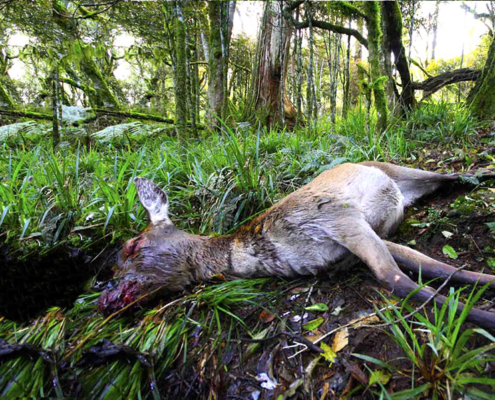
Is 1080 “moderately humane”?
Dr Jan Wright, Parliamentary Commissioner for the Environment (PCE), claimed in her 2011 public report “Evaluating the use of 1080: Predators, poisons and silent forests” that 1080 had been rated as “moderately humane”. This term can now be found shortened to “humane” when you browse some official poisoning documents such as Assessments of Effects.
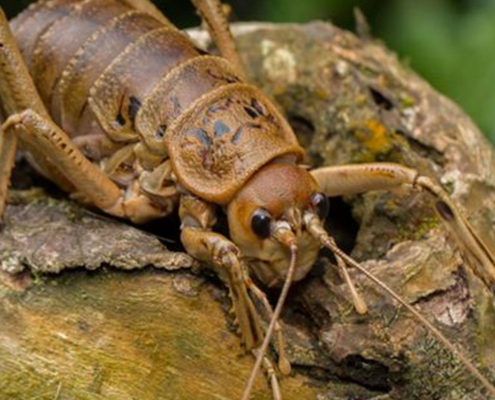
Is DoC looking after our insects?
Insects were in the media spotlight earlier this year due to a review published in the journal Biological Conservation. The review showed that insect populations worldwide are declining dramatically, largely due to habitat destruction and pesticides. Their importance in ecological systems, as food for other animals, pest controllers, recyclers and pollinators was spelt out.
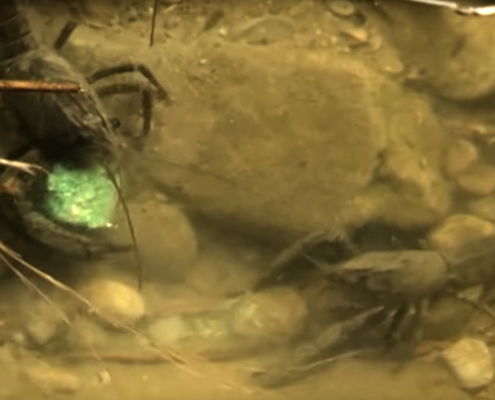
Where does 1080 poison go in water?
1080 poison is currently being spread across New Zealand’s wildlands, in taxpayer-funded operations aimed at pest mammals. One of the extremely dangerous properties of 1080 is a marked ability to spread in water.

Time to think about kea
The kea, NZ’s unique mountain parrot, needs urgent consideration. This spring, poisonous food baits are being spread by air over of much its habitat by the Department of Conservation (DoC). Twelve per cent of resident kea are expected to die within a few days of the poisoning, according to DoC’s studies.

